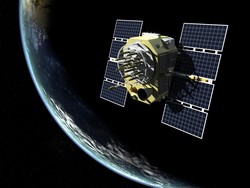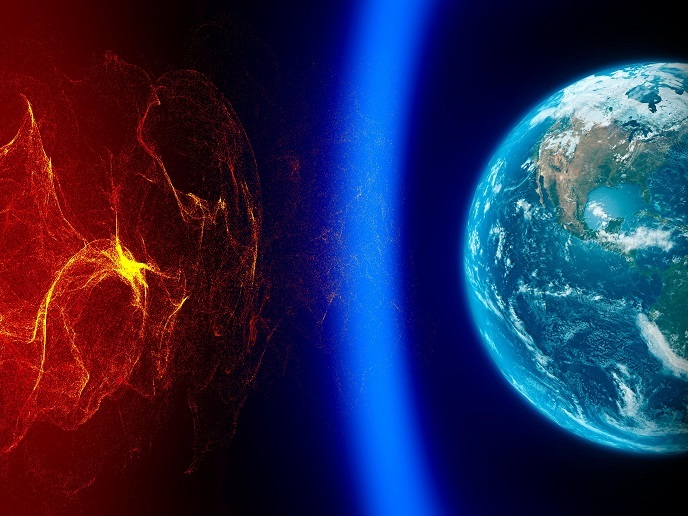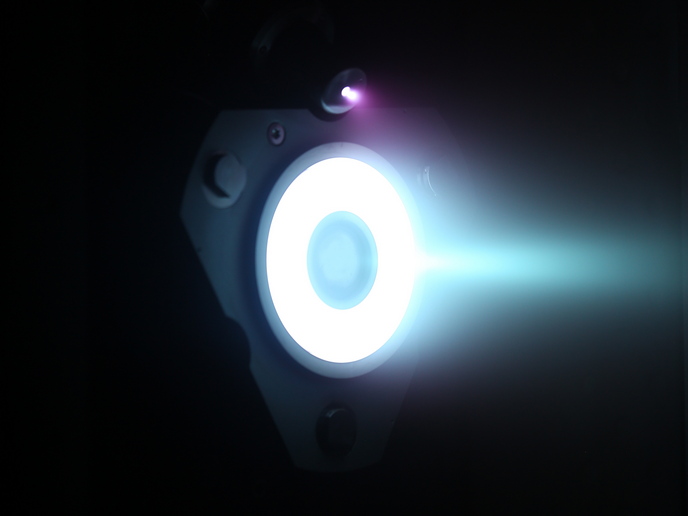Real-time data processing in space
Hyperspectral sensors for EO acquire images in many narrow frequency bands throughout the visible and near-infrared parts of the electromagnetic spectrum. The broadband imaging allows discrimination between features on the Earth's surface that have different light absorption and reflection characteristics. By combining the power of digital imaging and spectroscopy, hyperspectral imagery has supported groundbreaking perspectives in several applications. The new technology is already used to detect and identify vegetation and human-made constructions related to climate changes and urban planning. Algorithms processing hyperspectral data also map nicely to parallel systems such as clusters of computers, but these systems are difficult to adapt for onboard processing. The EU-funded QI2S (Quick image interpretation system) project was initiated to design such a platform that can be integrated with EO satellites' payload. To achieve this ambitious objective, six partners joined their efforts and expertise in the individual components that they were assigned. During QI2S, they developed a many-core computing engine based on field-programmable gate arrays (FPGAs) and a new 64-core signal processing chip, RC64. RC64 combines advanced digital signal processors with a multi-bank shared memory and a hardware scheduler, assigning tasks to processors. It has been designed to be integrated with tens or even hundreds of other RC64 chips, enabling powerful signal processing in space. On the other hand, FPGAs, besides their low weight and small size, ensure high computing performances at low cost. Moreover, these hardware accelerators provide the appealing possibility of adaptively selecting the data processing algorithm to be applied. The QI2S system hardware embraces software building blocks for data processing and interpretation with a high-level command language that allows for their reconfiguration. In other words, reconfiguration is possible without the time-consuming testing required today for operational changes to a satellite's payload. The new technology is expected to enable dramatic reductions in the delivery of hyperspectral data. From days and even weeks, end users on the ground will be able to receive data requested within just minutes. Such a development will pave the way for future exciting applications like early warning systems for natural hazards.







